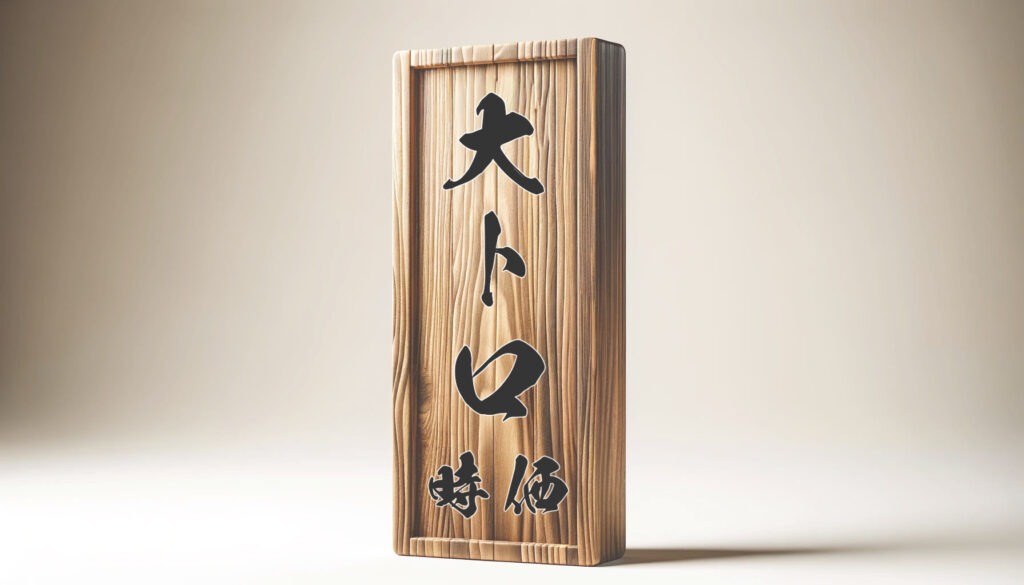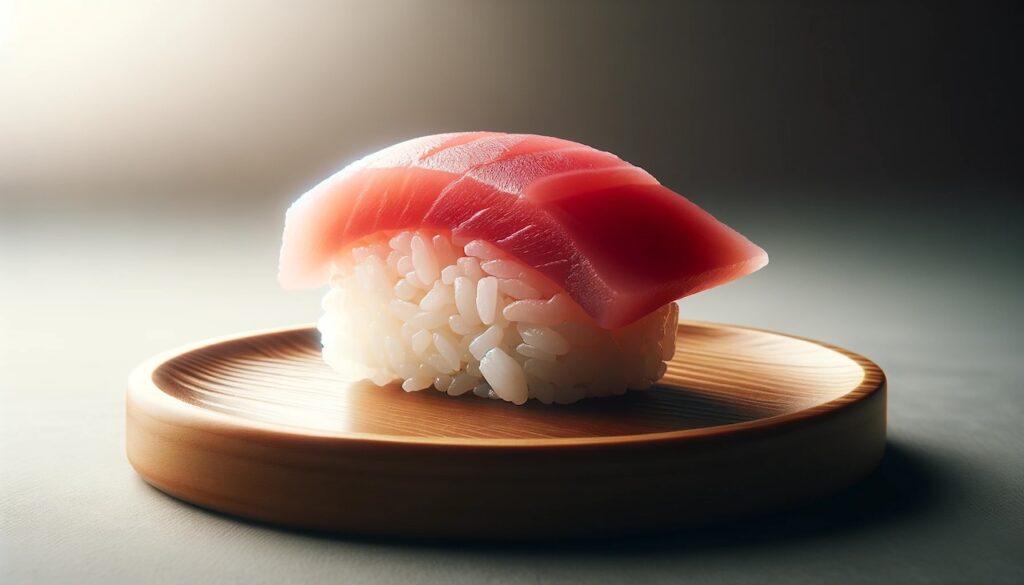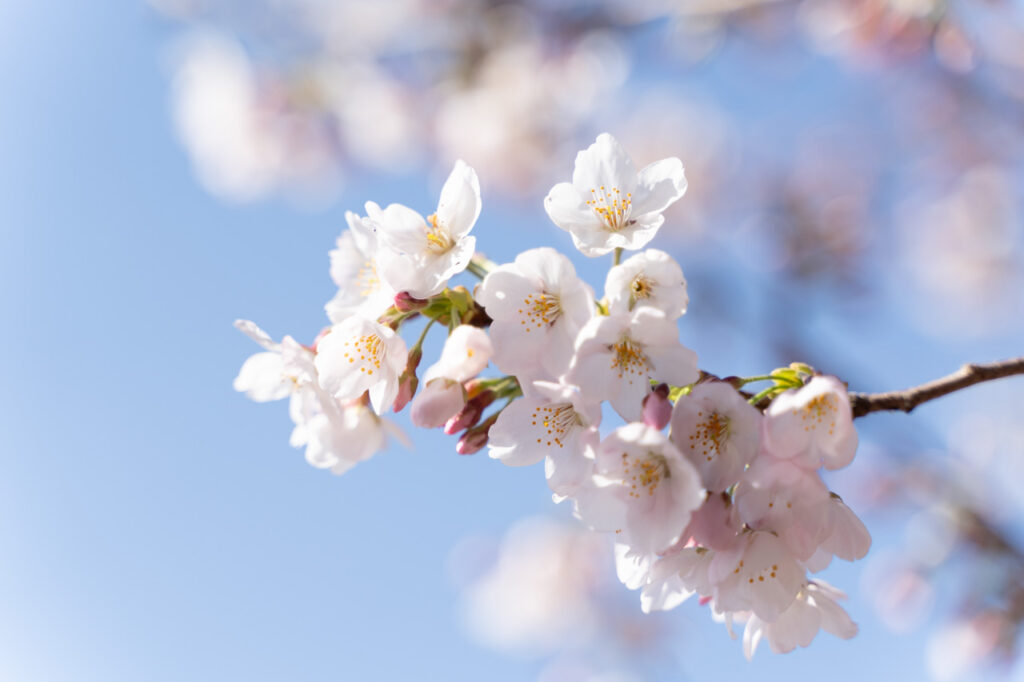When thinking of luxury sushi, few toppings are as iconic as otoro—the buttery, melt-in-your-mouth fatty belly of the tuna. Yet, few people realize that toro was once considered undesirable and often discarded. Let’s dive into the fascinating journey of how toro transformed from waste to one of the most coveted ingredients in Japanese cuisine.
What Is Toro?
Toro refers to the fatty parts of the tuna’s belly, prized for their soft texture and rich flavor. It’s divided into:
- Chutoro: Medium-fatty tuna, offering a balance of richness and freshness.
- Otoro: The fattiest, most marbled section, revered for its luxurious mouthfeel.
Today, both cuts are considered premium sushi toppings, but this appreciation is surprisingly recent.
When Toro Was Discarded
Until the mid-20th century, toro was often thrown away or sold cheaply in Japan. Why?
- Taste Preferences: Traditional Japanese diets favored leaner cuts; fatty meat was seen as heavy and undesirable.
- Preservation Challenges: Without modern refrigeration, fatty cuts spoiled more quickly, making them less practical for raw preparations like sushi and sashimi.
At the time, toro simply didn’t fit the culinary tastes or logistical capabilities of the era.
How Toro Rose to Fame
Two major developments changed toro’s fate:
1. Advances in Refrigeration
The post-war period saw significant improvements in refrigeration and freezing technologies, allowing fatty cuts like toro to be preserved safely and maintain their quality for longer periods.
2. Evolving Food Culture
As Japan’s economy boomed and Western culinary influences grew, the Japanese palate began embracing richer, more indulgent foods. Toro’s luxurious texture and flavor, once rejected, suddenly found eager fans.
Toro Becomes the Star of High-End Sushi
By the 1980s, toro had ascended to the pinnacle of sushi dining.
As sushi spread globally, toro quickly gained iconic status abroad as well—symbolizing refinement, exclusivity, and the heights of Japanese culinary craftsmanship. Today, a slice of otoro is considered a highlight of any premium sushi experience.
What Toro’s Journey Tells Us About Japanese Food Culture
The rise of toro mirrors broader shifts in Japanese society:
- Changing Tastes: From preferring simplicity to appreciating richness and indulgence.
- Technological Innovation: Advances in food preservation reshaped what was possible in Japanese cuisine.
- Global Influence: As Japanese food gained international acclaim, dishes like toro sushi evolved to suit broader, global palates.
Toro’s story is a powerful reminder of how culture, technology, and taste are constantly intertwined.
Conclusion
The story of toro is more than just a culinary curiosity—it’s a reflection of how food traditions adapt, evolve, and redefine value over time.
From discarded scraps to a global delicacy, toro’s journey reminds us that culinary treasures often arise where we least expect them.
Next time you savor a piece of otoro, you’re tasting not just extraordinary flavor, but also a remarkable history shaped by innovation and cultural change.



